Why Aussie tourists are going to post-war, Taliban-controlled Afghanistan
What are Australians and other tourists doing risking their lives by going to Afghanistan and what is it they hope to see? Here’s everything you need to know.
Travel
Don't miss out on the headlines from Travel. Followed categories will be added to My News.
In an era of Instagram-envy travel, some world destinations that were previous trouble spots and war zones are now the latest must-visits.
Aussies’ curiosity has been fuelled by social media, as well as shows promoting wanderlust such as Joanna Lumley’s Silk Road Adventure, in which the 78-year-old actress treks across “the Stans” - Uzbekistan and Kyrgyzstan - as part of an 11,000 kilometre journey.
If the Ab Fab icon can have a good time in these post-Soviet, Central Asian states surely the adventurous Australian can find the upside in places such as neighbouring Afghanistan, with its rich three-millennia history, thirty languages, majestic Hindu Kush Mountains, and vibrant marketplaces.
Well, that’s just one theory on why Australian tourists now have the landlocked Islamic emirate on their bucket lists.
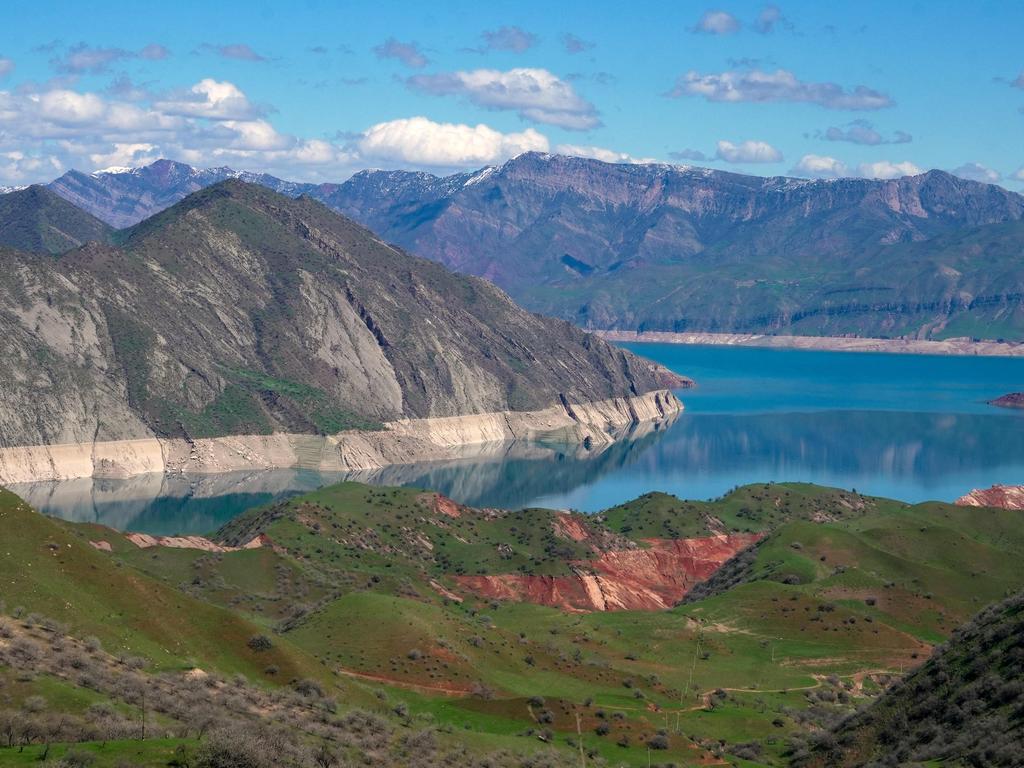
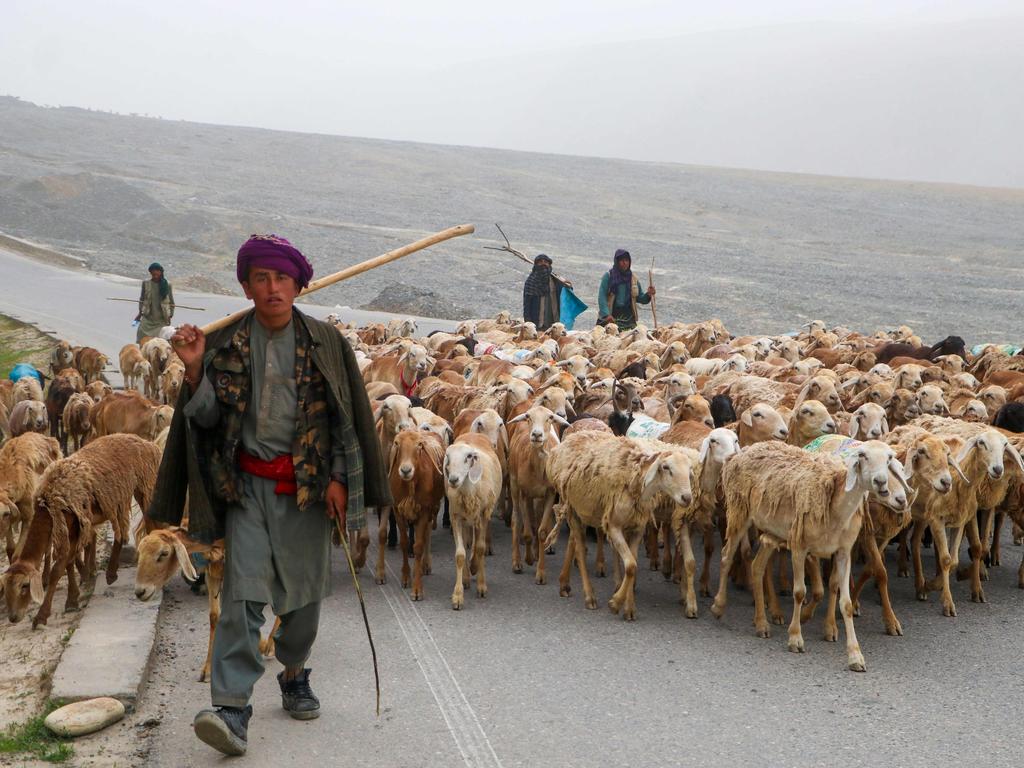
But the picture isn’t so postcard perfect according to the travel warnings on the website of the Department of Foreign Affairs and Tourism (DFAT).
The government advisement cautions that the Taliban has declared an ‘interim government’ and the country, which has a generally arid and harsh terrain, is still seeing “difficult times” and faces “substantial humanitarian and economic challenges, compounded by natural disasters, such as the June 2022 earthquake.”
But it’s not just earthquakes.
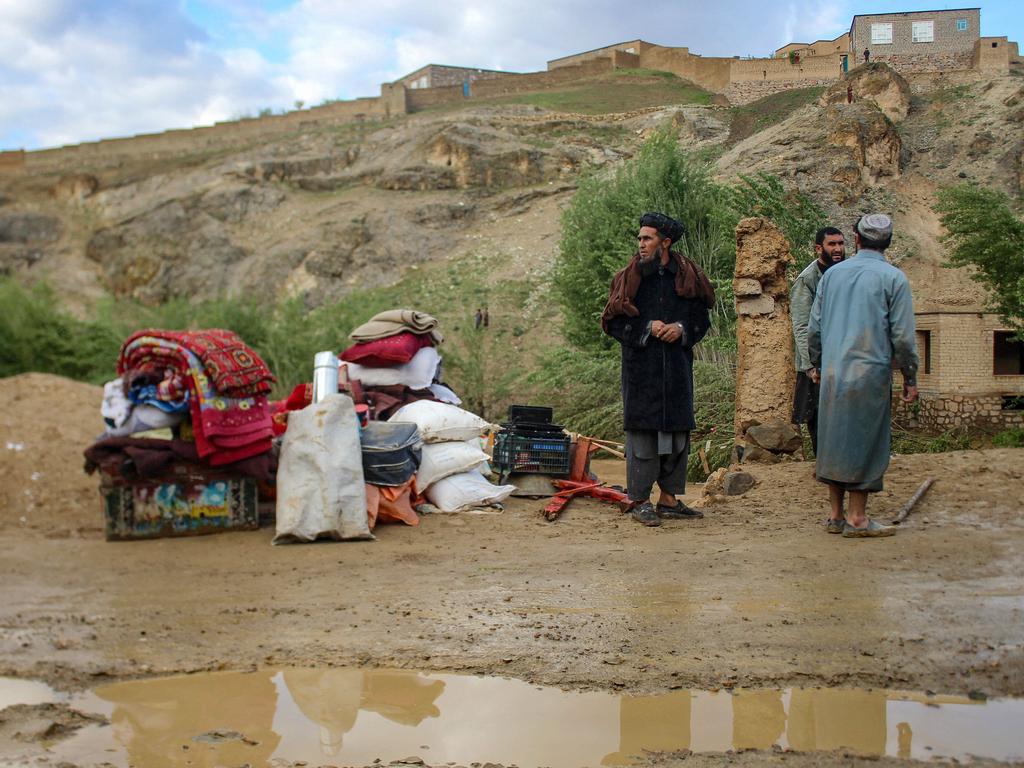
On Sunday, floods killed 66 people in northern Afghanistan in the latest natural disaster to hit the country.
Hundreds of people have died in separate flash floods this month that swamped farmland in a
Such disasters, which followed a prolonged drought, compound the already dire humanitarian situation of the impoverished country of 40 million people.
Most recently, Australian man Joe McDowell was gunned down in a deadly attack on foreign tourists in Afghanistan. He is now in a stable condition in a Kabul hospital.
McDowell was part of a group of tourists, mostly European, who were in the scenic mountainous city of Bamiyan when they heard a burst of gunfire and thought it was a celebration in the Afghan market where they had stopped to buy some fruit, French national Anne-France Brill told AFP.

The 55-year-old had been sitting in a van during a group tour when a gunman approached their vehicles and opened fire.
Then she heard the Lithuanian woman next to her screaming and Brill saw “blood all over her stomach.”
“She had gone completely white,” Brill said. “She was saying, ‘I’m cold, I’m cold … I’m going to die’.”
The spray of gunfire only lasted seconds, Brill said, followed by long minutes of crouching on the floor of the van, wondering what to do.
“There was blood everywhere,” she told AFP on the phone.
A Norwegian man was wounded along with McDowell, and their driver killed - along with three Spanish tourists, two Afghan men working with the group and a Taliban security official who returned fire on the gunman.
The wounded were taken by Taliban authorities’ trucks and rushed to the hospital in Bamiyan, and later to Kabul, around 180 kilometres away.
The uninjured tourists were given a security escort overnight to Kabul, where they were taken in by a European Union delegation.
Brill and two Americans took early flights out of Kabul to Dubai.
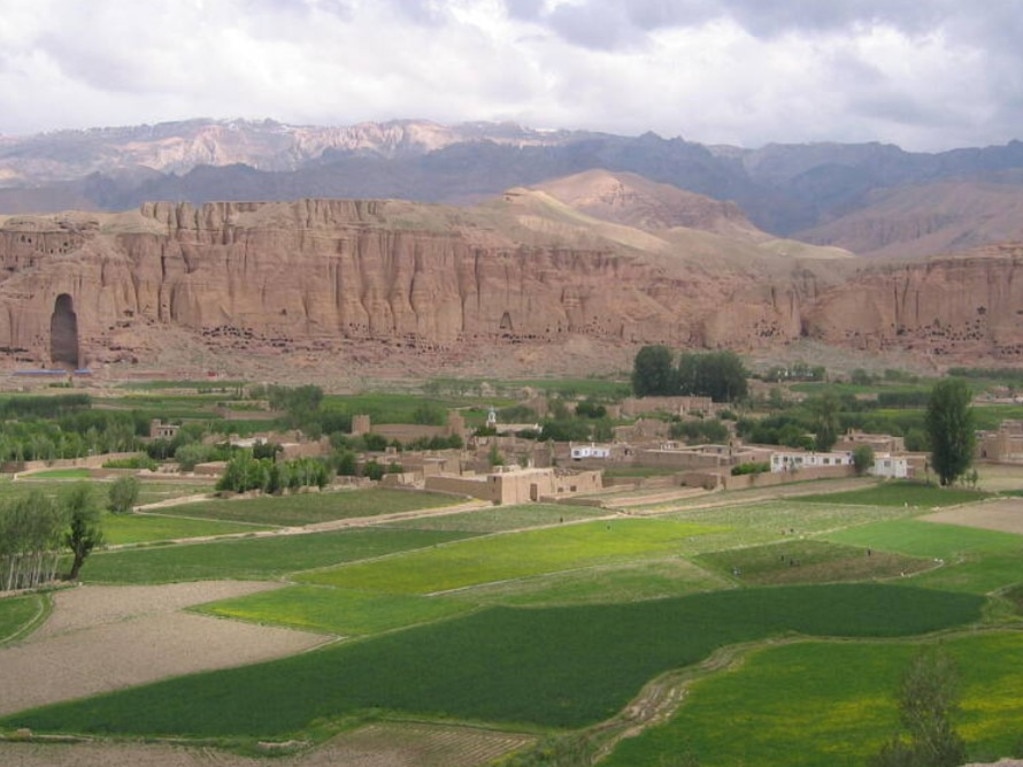
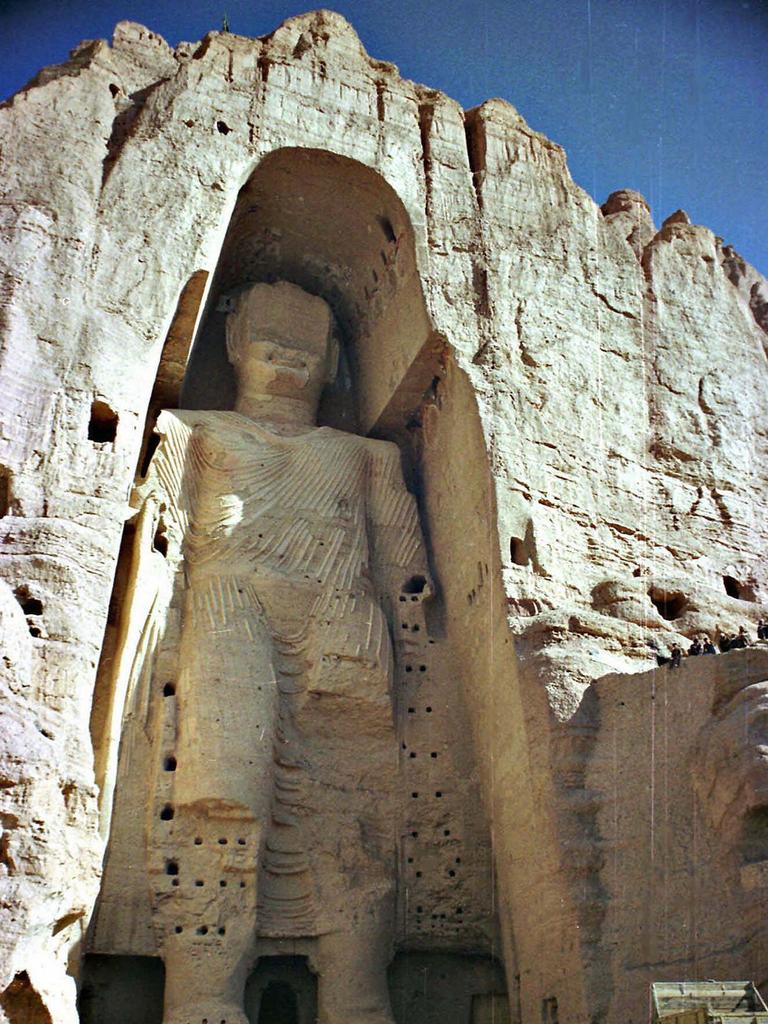
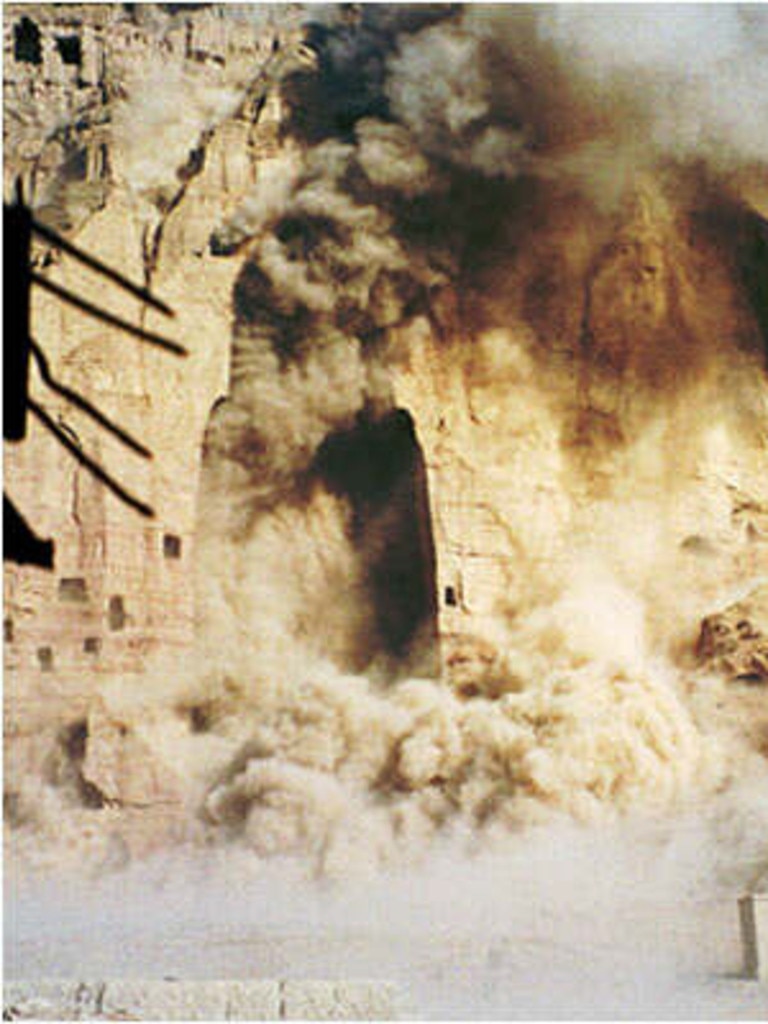
WHY ARE AUSSIES GOING TO AFGHANISTAN?
Some travellers are drawn to places off the beaten track, and Afghanistan holds allure because it has been locked off to the West by decades of war and is still uncommercialised.
Now that the war front has moved to Russia, Israel and Gaza, Afghanistan is having a moment, in a similar way that previous war torn countries such as Croatia, Bosnia and Herzegovina, Vietnam and Cambodia are seeing major upticks in travel - although it’s early days in a fledging tourism and travel sector.
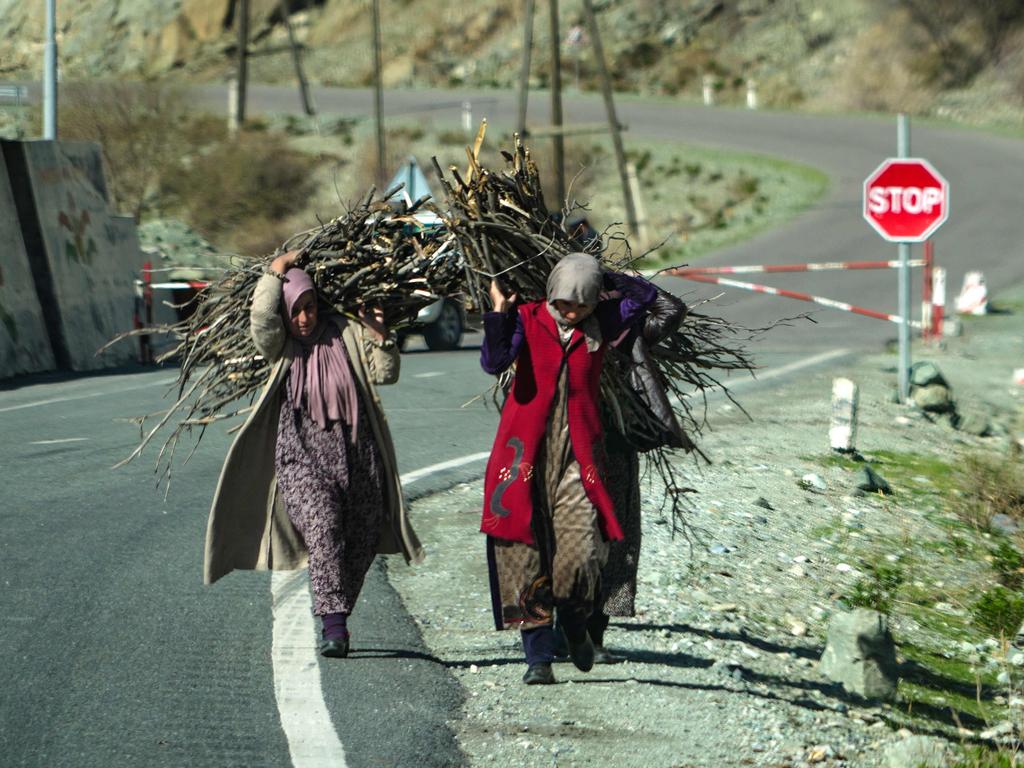
Once known for its hospitality, Afghanistan saw its peak tourism era in the 1970s when it welcomed over 90,000 tourists per year, according to the website for the Embassy of the Islamic Republic of Afghanistan. That number is now at around 20,000, according to the Ministry of Information and Culture.
Afghanistan has many natural and architectural attractions that draw Australians. These include famous sights like Bamiyan, the cities of Mazar-e-Sharif, and Kabul, the stunning oasis city of Herat with its mosque and citadel, and the designated national parks of Band-e-Amir and Wakhan.
Visiting popular bazaars is a local custom especially on a Saturday and tourists are drawn to the inexpensive carpets, homewares, sweets, tea and spices.
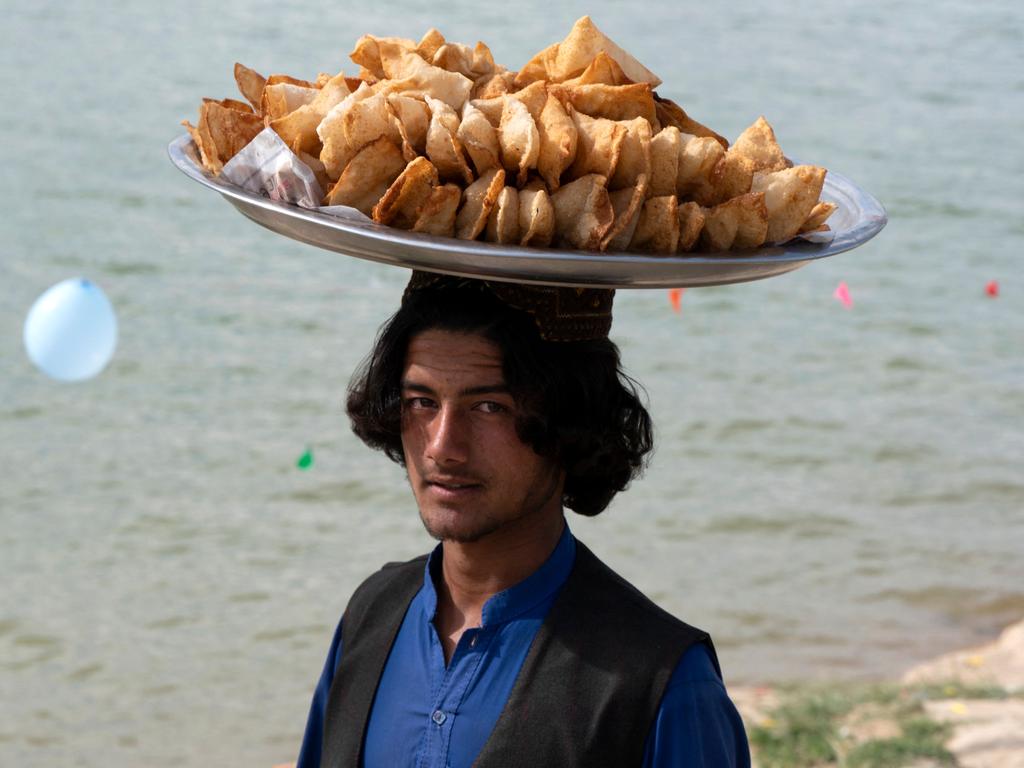
McDowell and the tour group were drawn to the region partly because of the UNESCO world heritage site and the remains of two giant 1500-year-old Buddha statues which were blown up by the Taliban in 2001.
The added appeal for some travellers is that flights to Kabul connect through major tourist hubs such as Istanbul, New Delhi and Dubai.
The attack on McDowell and Brill’s group was the first reported deadly assault on foreign tourists in Afghanistan since the return of the Taliban to power in 2021.
“Despite decades of war, places such as Kabul still remain as fascinating locations,” the official Islamic Republic’s website states. “The Government is working to rebuild the country’s war-torn infrastructure, by implementing major projects such as transport links and a nationwide telecommunication link between Kabul and the other provinces.”
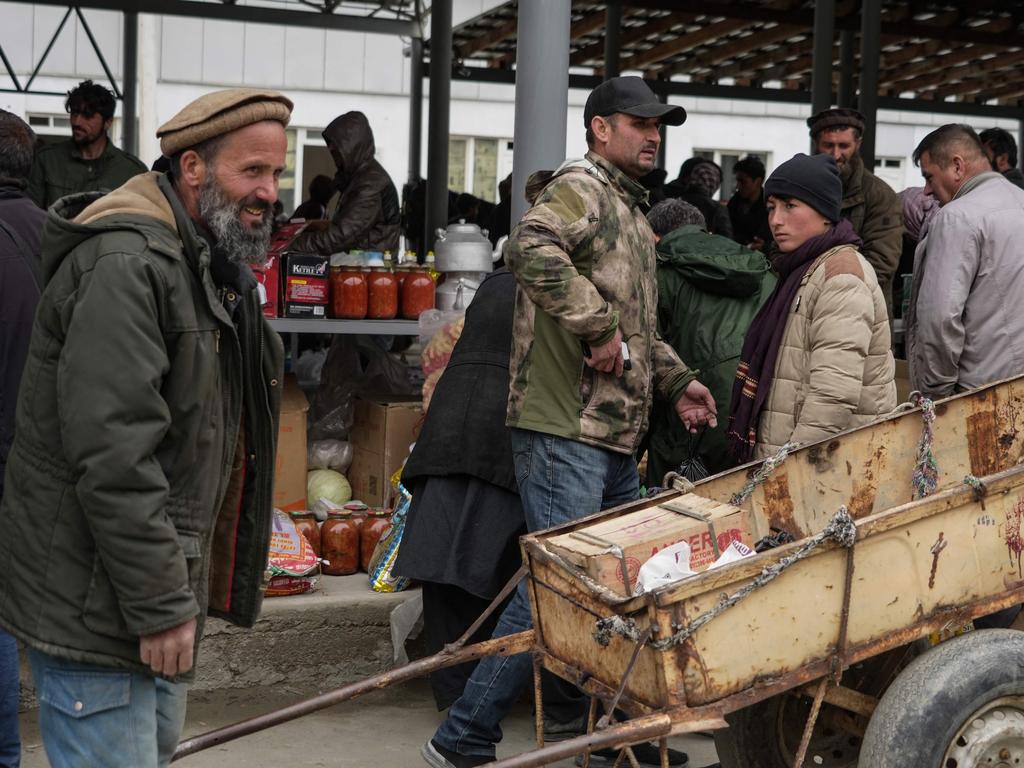
While it will cost you around $2000 at least in airfares to get from an Australian city to Kabul via one or two connecting airports, once you’re there the currency exchange is in your favour. The Afghan afghani (AFN) is worth about 80 to 1 Australian Dollar.
IS IT SAFE TO GO?
The challenges of travelling in a country with poor infrastructure, dilapidated health services, impoverished nationals, rogue elements and terrorists, tight Taliban control, little diplomatic presence and lingering security threats, still remain after the end of war and insurgency.
As of May 20, the Smarttraveller website said it was not safe to visit, and called Afghanistan “volatile and dangerous,” issuing a red alert to Australian travellers.
“We continue to advise do not travel due to the extremely dangerous security situation and the very high threat of terrorism and kidnapping throughout Afghanistan, including in Kabul.”
The advisory notes that even places like cafes, restaurants and hotels “may be targeted” by terrorists who seek to attack foreigners, NGOs and humanitarian operations.
“Foreign nationals, including Australians, also face a serious threat of kidnapping or detention.”
There are currently no Australian officials in Afghanistan, and so consular and passport assistance to Australians in Afghanistan in the event of an emergency is “severely limited.”
More Coverage
Originally published as Why Aussie tourists are going to post-war, Taliban-controlled Afghanistan









